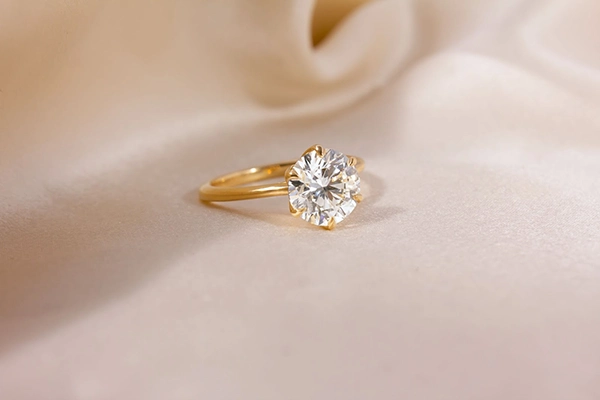
When researchers drill into the deep into Antarctic ice sheet, they’re not just looking for frozen water, they’re looking for a frozen reference book of Earth’s climate history. The layers of ice, squeezed together over thousands of years, trap old air bubbles, volcanic ash and atmospheric gases. It’s as though nature has bestowed upon us scrolls of time, perfectly preserved in frozen clarity.
While it may appear that these ice cores belong solely to the realm of meteorologists and geologists, they embody something rather more universal, evoking the quest for purity, endurance and the subtle design details that infuse science and are echoed in the everyday creative decisions we make.
Nature’s Minimalism
Each core sample is visual proof of minimalism. The cacophony of rainforest or piled-on cacophony of urban life is no match for the polar contrast of Antarctic ice: silent, symmetrical, and reduced to stark elemental beauty. No deccos, no frippery — just soft gradations of white and blue, and the stately rationality of compressed time.
This muted aesthetic is a quiet reminder that minimalism isn’t lack — it’s intentionality. The world loves to celebrate the most, but South Pole reminds us that clarity and calm have a more lasting impact.
Time, Preserved
Just as these cores let us measure time in layers, we measure what are seen as life’s big moments — engagements, weddings, anniversaries — in things that too must stand time. And while that might seem like a romantic leap from ice to ornament, the connection is real: in both realms, the lasting impression comes from simplicity and strength.
We don’t require neon lights to make a glacier something to marvel at. Its brilliance is its silence. Similarly, elegant and minimal engagement rings don’t feel the need to scream — they whisper their intentions sweetly in the form of minimal, classic design. They’re that kind of design — like ice layers — that gets more meaningful over time.”
What Ice Cores Teach Designers
Is it any wonder that architects and designers increasingly turn their eyes to the natural world — above all, to the Arctic and the Antarctic — for inspiration? Biomimicry and climate-responsive design are the grown-ups at the party. Even in product and fashion design, the balance has tipped from ornate to organic, from flashy to functional.
Consider the impact of glacial shapes on contemporary Scandinavian aesthetics: the flattened planes, pale colors and clear lack of clutter. As with an ice core cross section, the aim is clarity and focus.
Likewise, a designer making a ring for a lifelong promise should not have to rely on excess. They can lean on balance, proportion and understatement — which are values that hold up, even under pressure (both ice and love need pressure).
Final Layer
It’s easy to imagine that beauty is to be found in that which is visible, dramatic, bold. But the most lasting kinds of beauty are often hidden in layers — be they found in 10,000-year-old ice or the subtle grace note of a minimal ring that speaks volumes without saying too much.
So the next time you catch a glint of ice, or a quiet piece of design, remember: Silence can dazzle as well. And the deepest stories — the ones preserved through time and pressure — are rarely the loudest.








